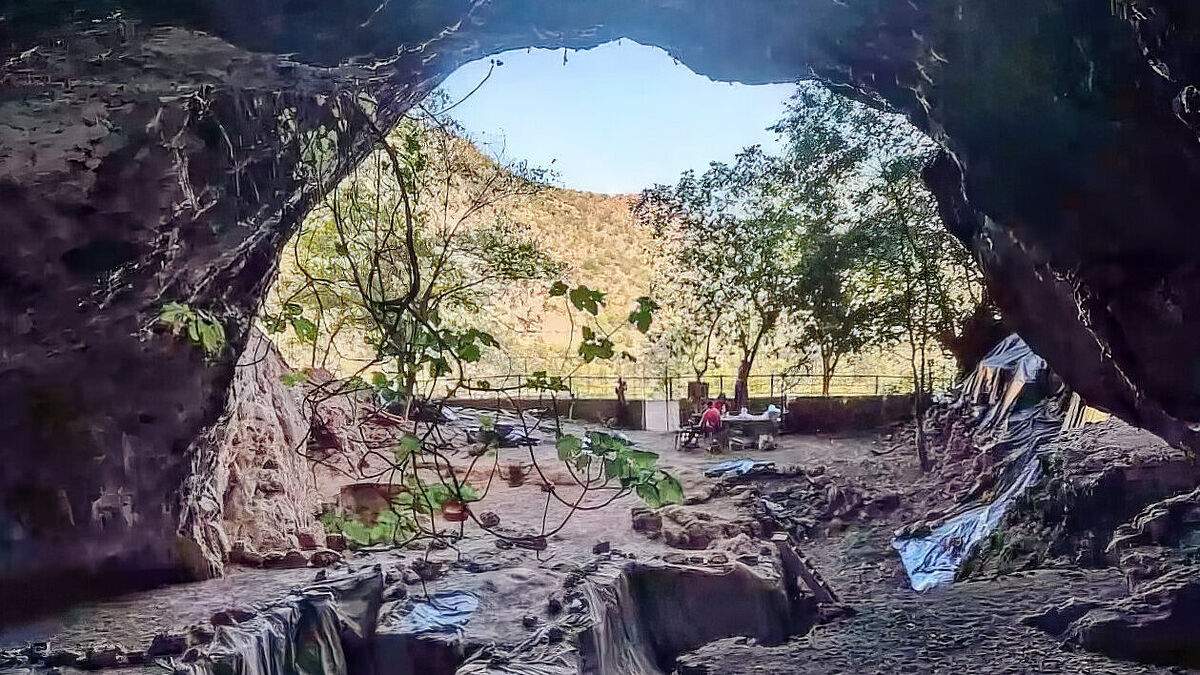An international research team from the Max Planck Institute for Evolutionary Anthropology in Leipzig, Géoscience et Environnement Toulouse (France) and the Institut National des Sciences de l’Archéologie et du Patrimoine in Rabat (Morocco) examined the diet of people who once inhabited the Taforalt cave in Morocco and are associated with the Ibéromaurusian culture. Using a comprehensive multi-isotope approach that included analysis of zinc and strontium isotopes in tooth enamel, carbon, nitrogen and sulfur isotope analyzes in collagen, and amino acid analyzes of human and animal remains, the researchers were able to gain surprising insights into dietary habits to win these people.
The results of the study clearly show that the diet of these hunter-gatherers contained a high proportion of Mediterranean plants many millennia before the introduction of agriculture to the region. Archaeobotanical finds such as acorns, pine nuts and wild legumes from the site support this hypothesis. Additionally, the study suggests that plant-based foods were also part of young children’s diets and may have served as weaning foods. This finding is of great importance because it shows that weaning from mother’s milk may have occurred earlier in pre-agricultural communities than previously thought for hunter-gatherer societies.
The study challenges previous assumptions about diets based heavily on animal protein among pre-agricultural human groups and raises new questions about the lack of agricultural development in North Africa at the beginning of the Holocene. Zineb Moubtahij, lead author of the study, explains: “Our results not only provide insight into people’s dietary habits before the introduction of agriculture, but also show the complexity of human subsistence strategies in different regions. Understanding these patterns is crucial to human evolution to be further deciphered.”
This is the first study to determine the diet of early populations in Africa by analyzing zinc isotopes in tooth enamel. North Africa is a key region for the study of human evolution and the spread of modern humans. In the future, the new method will provide valuable insights into human dietary patterns in the past and people’s ability to adapt to different environments.
The research team hopes to investigate additional Paleolithic sites in North Africa in the future and use innovative techniques to gain a deeper understanding of early dietary habits and their impact on human evolution.
